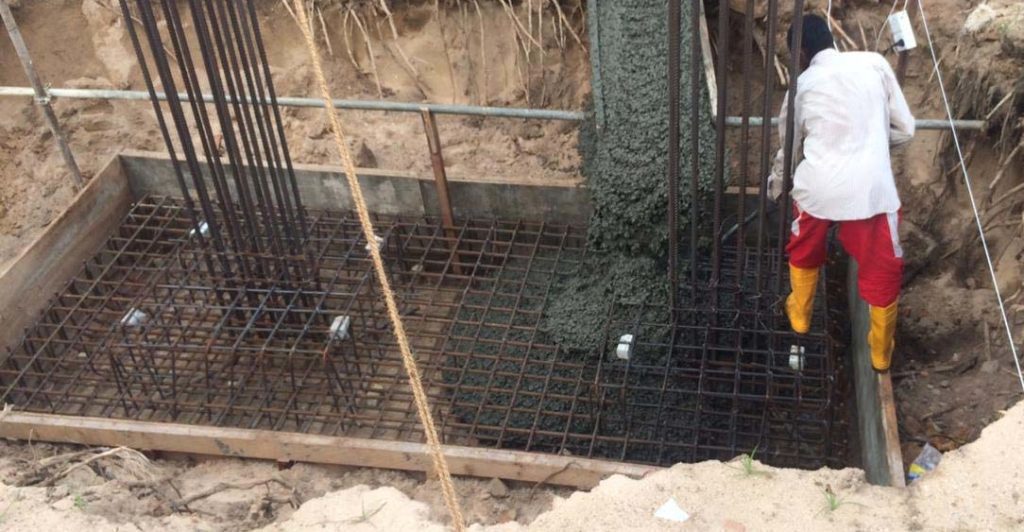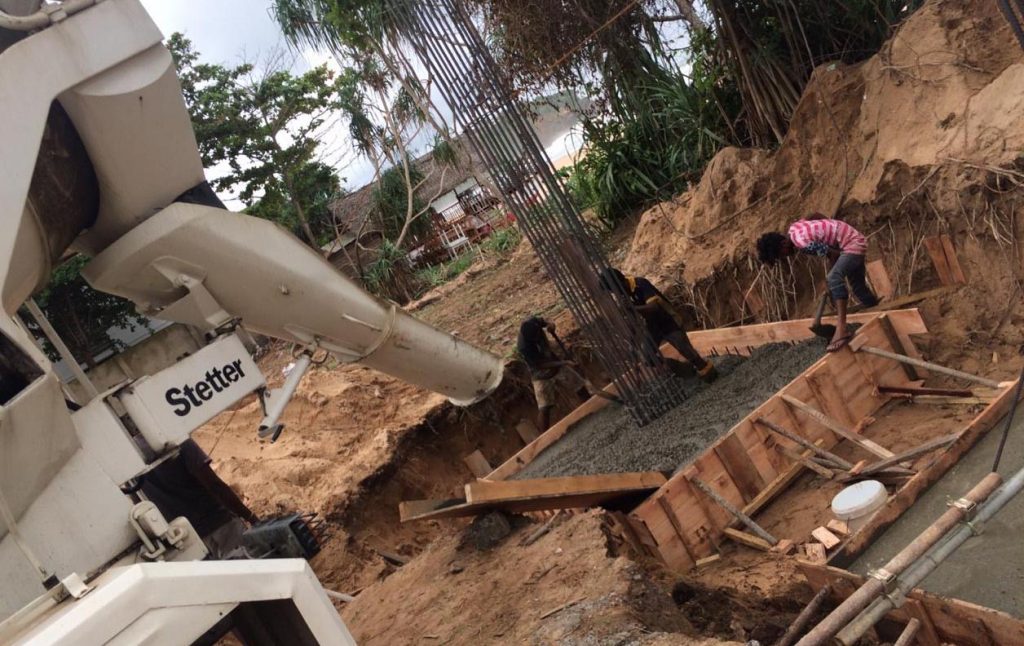Foundation settlement is unavoidable in a shallow foundation unless the foundation is constructed on a fresh rock. Even the pile foundations constructed on the rock could have certain settlements.
In this article, we are more concentrating on the settlement of the shallow foundations such as footings, combined footings, strip footings, mat foundations, etc.
What is Foundation Settlement
When the load are applied to the foundation, it moves vertically downward depending on the stiffness of the soil. Soil parameter, dimension of the foundation and applied load are the key factors that decided the settlements of a foundations.
There could be lateral movement of the foundations due to the applied lateral loads. In addition, depending on the nature of the soil, there may be lateral movement of the soil.
Types of Foundation Settlements
Manly the foundation settlement can be discussed under three main topics.
- Uniform settlement
- Differential settlements
- Consolidation settlement -types
Settlement of foundation can be categorized differently too. But, the above methods seem more effective in discussing the process of the settlement of foundations.
Uniform Settlement of Foundations
- As the name implies the settlement of the foundation is uniform and there are no variations.
- The expectation of the designer is also to have a uniform settled structure other than the differential settlements.
- Having uniform ground condition and reasonably good soil to construct the foundation is the requirement to avoid excessive foundation settlement
- There are limiting values for settlement. The values could be in the range of 25mm. However, depending on the condition of the ground this may increase even up to about 125mm.
- When the foundation bearing capacity is assessed based on the settlement criteria settlement of the foundation will be specified. Then the foundation settlement is maintained in the range of value considered in the design.
- You may refer to the article, for elastic or immediate settlement of shallow foundations with a worked example.
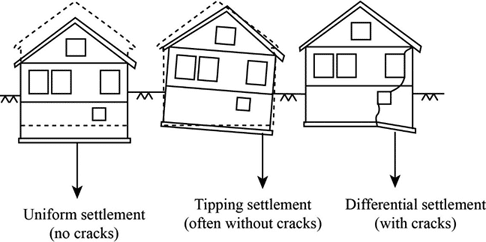
Image Source: Internet
Differential Settlement
- Differential settlement is a kind of foundation settlement that causes part of the foundation.
- When several footings are settling than other footings, we say it is a differential settlement.
- Differential settlement of foundations is caused by variation of the ground conditions and due to many other reasons. You may refer to the article differential settlement foundations for further information.
- Differential settlement is a very critical issue in the design and construction.
- This shall be identified before proceeding with the design. An adequate ground investigation and correct interpretation of the ground geotechnical information gathered will reveal whether there could a possibility for foundation settlement of this nature.
Consolidation Settlement
- Consolidation settlement of the foundations is very critical and trouble-making.
- It occurs in clay soils.
- Consolidation settlement occurs due to the dissipation of the pour water pressure of the clayey soil with time. When the foundation loading is applied, pore water pressure in the clay soil increase. Due to the time taken to dissipate the excess pour water pressure, the foundation settles over some time.
- There are two types of consolidation settlements. They are Primary Consolidation Settlement and Secondary Consolidation Settlement.
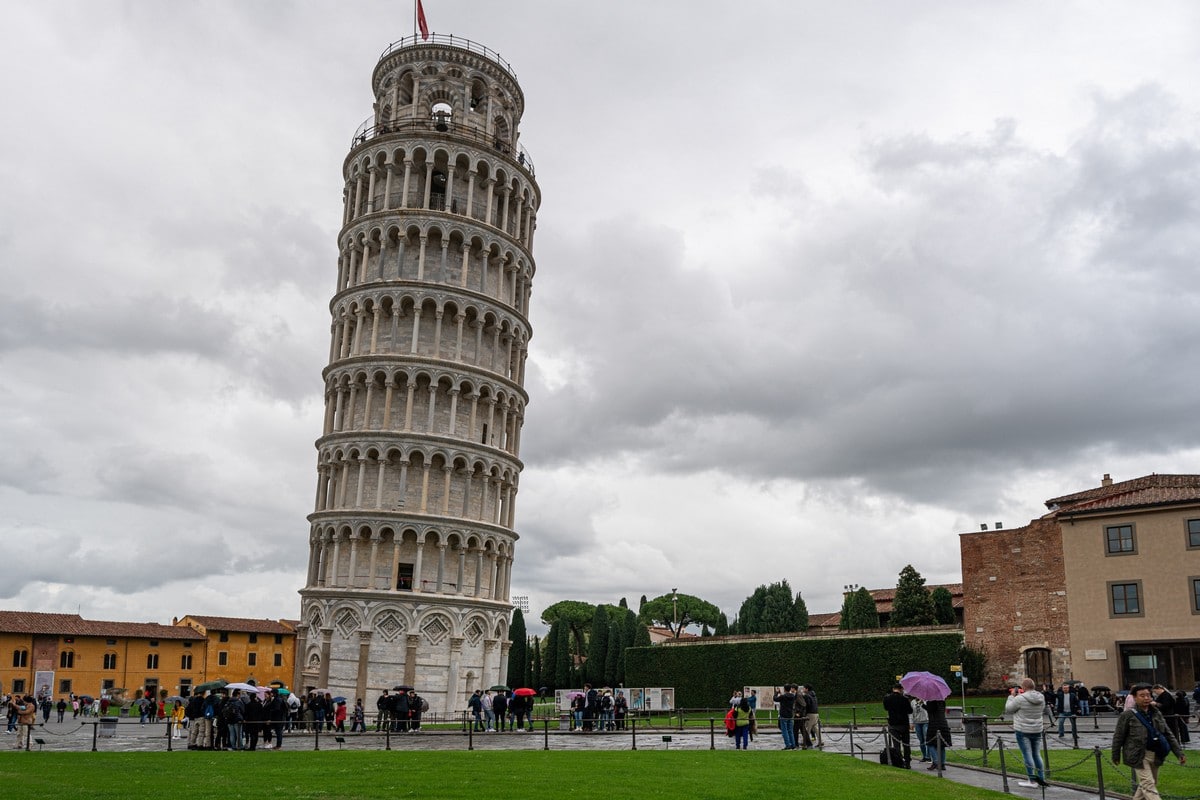
- The primary consolidation settlement occurs with the dissipation of the pour water pressure. When the pore water pressure drops, the soil arrangement restructures for structure causing the secondary consolidation settlement.
- You may study the article Consolidation Settlement for further information on this foundation settlement.
Cause of foundation settlement
- Increase in the load
An increase in the column load will increase the pressure under the foundation. It will increase the settlement of foundations.
- Incorrect estimation of bearing capacity of soils
Wrong interpretation of the geotechnical data obtained from the investigation could end up with wrong bearing capacity. Further, assumptions made without geotechnical investigation could also create issues.
- Low bearing capacity of soil
In general, the lesser the bearing capacity, the higher the settlements of the foundations. Further, soils with low bearing capacity could lead to variation of it.
- Poor compaction issues
During the construction, when soil filling is done on the occasions like foundation improvements, poor compaction of the soil could lead to the settlement of the foundations.
- Expansive soil
When there are clayey soils that have expansive properties, could lead to foundation settlement. The expansive soils expand when their moisture content increases and they shrink when their moisture content is reduced. That causes the foundation settlement.
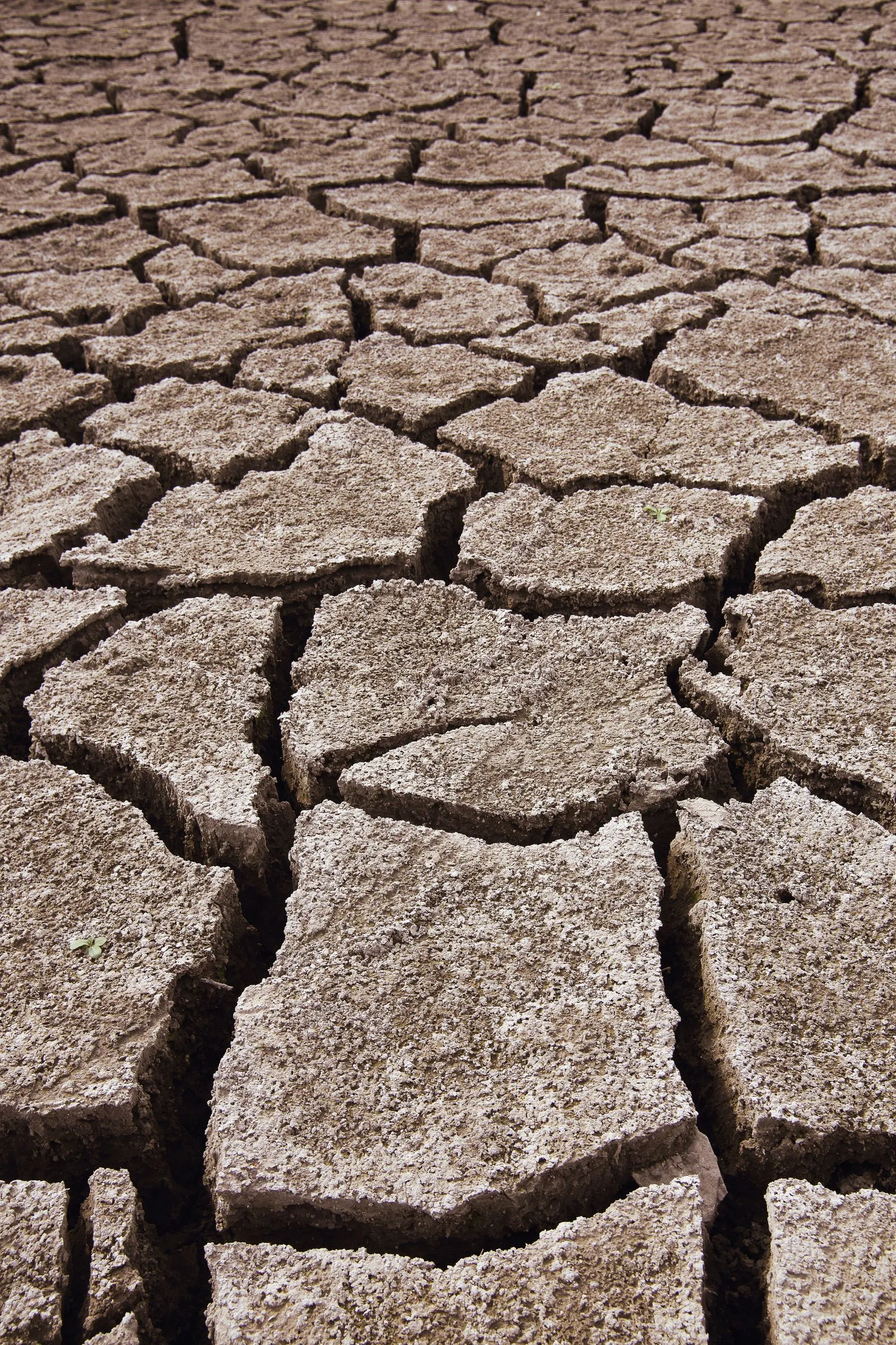
- Roots and vegetation
Roots and vegetation causes issue in the foundation construction. When there are large trees, the roots of the tree could lift the foundation. Construction of the foundation of soil having the roots of the vegetation will deteriorate with time. As a result of that foundation, a settlements could occur.
- Consolidation of soil
This was discussed previously and how this settlement occurs. Before the design, it is required to identify the condition of the ground and necessary measures shall be taken during the design and construction. The article soil types could be referred to for more information.

